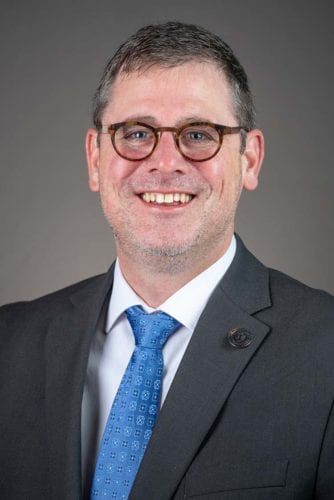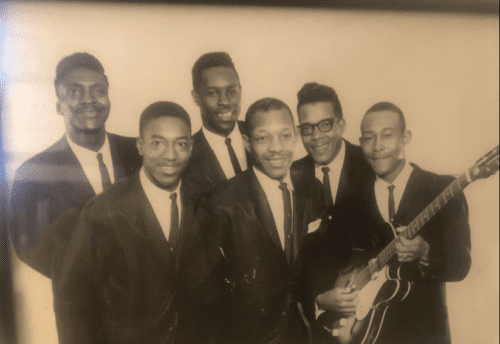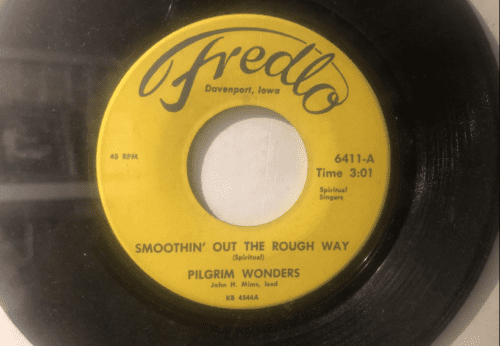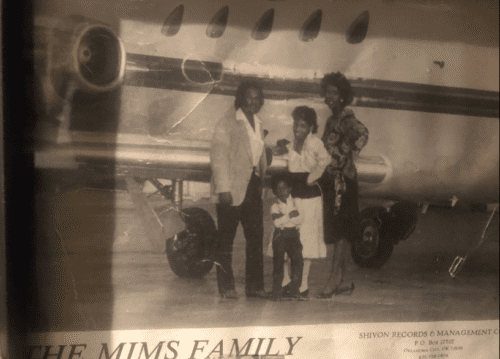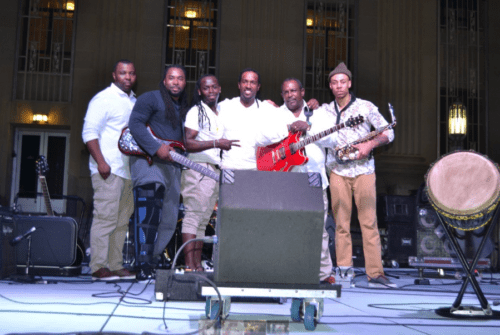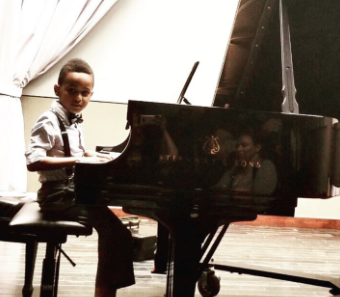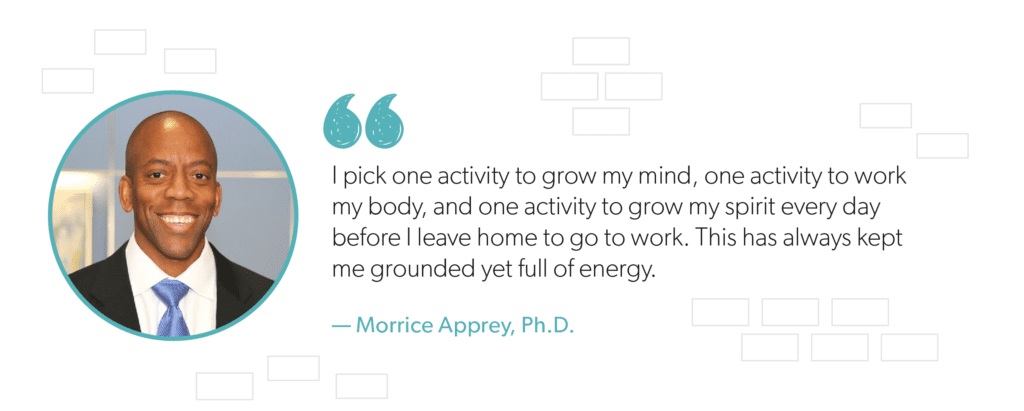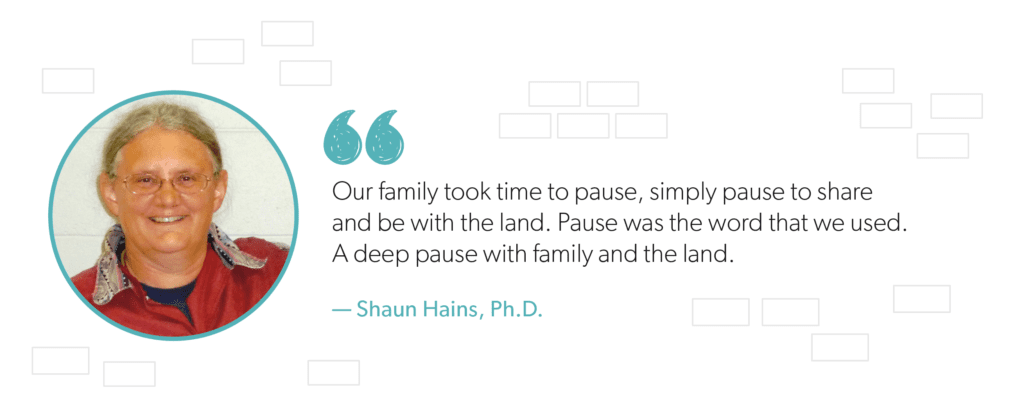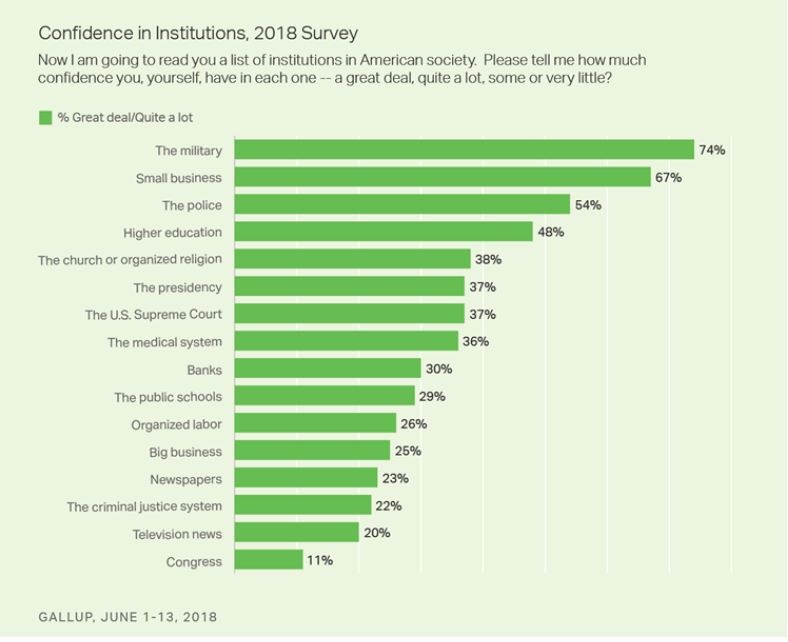As part of COVID-19 prevention, mind-body practices can strengthen immune response to resist infection by controlling inflammatory response.

Mind-body medicine can help minimize risk to COVID-19. Mind-body therapies and practices encompass a full spectrum of activities that promote healing and well-being. A diverse group of procedures or techniques can be administered or taught by qualified practitioners. Many also can be applied as self-initiated practices, sometimes with foundational training, e.g. meditation and yoga.
Prevention
Evidence demonstrates multiple positive effects of mind-body practices that enhance wellness. By mitigating the stress response, beneficial outcomes range from improved management of chronic conditions to healthier approaches to managing stress, pain, and mental states. As part of a COVID-19 prevention strategy, mind-body practices used daily can strengthen immune response to resist infection by controlling inflammatory response, like reducing levels of pro-inflammatory cytokines, and also improving health markers for existing chronic conditions that appear to worsen COVID-19 symptoms.
Recovery Support
In addition to supporting COVID-19 resistance, mind-body practices can help those who get infected. In a clinical study just released, the mind-body practice of progressive relaxation was found to reduce anxiety and improve sleep quality in COVID-19 patients, thus aiding their recovery. While further studies are needed, current evidence indicates that various mind-body practices could support COVID-19 patients even in active stages of infection. Yet if introduced using sound clinical standards, some practices such as guided imagery could be introduced to patients in active stages of infection using passive means.
Mind-Body Practices
A wide range of practices come under the mind-body umbrella. Some more widely used evidence-supported practices are chunked together. Here is a summary of the main categories.
Evidence-Based Mind-body Practices for Better Health
| Self-Care Practice | Percentage* |
| Yoga | 92% |
| Hypnosis | 91% |
| Biofeedback | 90% |
| Meditation | 86% |
| Qi Gong | 86% |
| Tai Qi | 83% |
| Relaxation Response Training | 79% |
| Imagery | 68% |
*Percent of patients benefiting from integrative health practices who would benefit from this particular intervention. Based on Russo & Fortune (2016)
Breathing. Controlled breathing is the primary and foundational mind-body practice. Techniques can be learned to regulate breath flow and rate. Breath practices are rooted in ancient traditions, such as prana yoga, and foundational to contemporary mindfulness. Specific to COVID-19 prevention, experts recommend diaphragmatic breathing, deep and slow. Conversely, once infected with COVID-19, patients should adopt shallow breathing; this allows the lung tissue time to rebuild and heal. Those who contract the virus outdoors might end up with a milder case, but those they infect back in their close-quartered homes seem to get worse cases. With this in mind, it may be helpful to keep fresh air circulating indoors.
Yoga. Multiple research results show that yoga improves fatigue, balance, mood, and anxiety. It also slows the aging of the brain. While strenuous exercise is contraindicated for COVID-19 infection, gentle movement and postures of yoga can support immune functions for prevention and in later stages of infection recovery.
Meditation and mindfulness. A vast body of research demonstrates positive outcomes with a range of mindfulness traditions and methods. Meditation slows brain aging, reduces stress, anxiety, and depression, improves mood and mental functions. Specific to COVID-19, mindfulness meditation can have positive impact on inflammatory markers.
Tai Chi and Qi Gong. Both practices involve postures and gentle movements that are accompanied by practiced breathing and mental focus, accomplished while moving or stationary. Research supports positive outcomes for musculoskeletal issues, pain management, and mental health. Since these practices require sufficient strength and stamina for movement, these practices are more appropriate for prevention and later stages of recovery.
Relaxation response training. Autogenics and progressive muscle relaxation (PMR) are the most researched practices with slight differences. Both can be guided practices that are adopted to individual use. Autogenics directs awareness to explore different areas of the body, while PMR focuses on relaxing specific muscles in a progressive protocol. In a recent study, PMR improved anxiety levels and sleep in COVID-19 patients.
Biofeedback. Biofeedback uses visual and auditory feedback to direct involuntary body functions including heart and pulse rate, blood pressure, and muscle tension. It can involve sophisticated monitoring equipment, but the essential skills begin with channeling breath and somatic awareness. Biofeedback has been linked to positive outcomes in a range of conditions including reduction of migraine symptoms, reduced hypertension, improved TMJ dysfunction, improving attention, and enhanced immune function. Specific to COVID-19, the foundational breath work in biofeedback could support respiration and pulmonary recovery.
Guided imagery. Various studies have shown it to mitigate symptoms of multiple conditions. In a recent white paper, Dr. Fredric Mau introduces a guided imagery script specific to COVID-19 patients. Because guided imagery is accessible and highly mobile, it offers possibilities for supplementary support while in confinement and otherwise non-ambulatory.
Conclusion
COVID-19 poses a powerful threat. Beyond damage from infection, the fear, anxiety, and daily living disruptions can result in multiple levels of disease and distress. The stress we feel, in both mind and body, can be harmful to the immune system, resulting in countless secondary infections and conditions.
Mind-body practices can improve immunity for better resistance and potentially support recovery. For the COVID-19 patient, these can potentially provide comfort and support and at the least, do no harm. For the many who are resisting infection, and particularly those on the front lines under unimaginable strain, mind-body practices can help with emotional regulation and mental balance. Adopting mind-body practices during this crisis could lead to long-term adoption of practices that have been demonstrated to improve quality of life and overall health. These same practices can promote more mindful leadership at a time when it is most needed.

Luann Fortune, Ph.D., LMT is on faculty at Saybrook University in the Department of Mind-Body Medicine, where she also coordinates the specialization in Mindful Leadership. Her research focuses on integrative health and wellness.
Shannon McLain Sims, Ph.D., MS holds degrees Mind-Body Medicine from Saybrook University’s College of Integrative Medicine and Health Sciences where she currently serves as a post-doctoral fellow.

If you are interested in learning more about Saybrook’s graduate programs, fill out the form below to request more information.





























